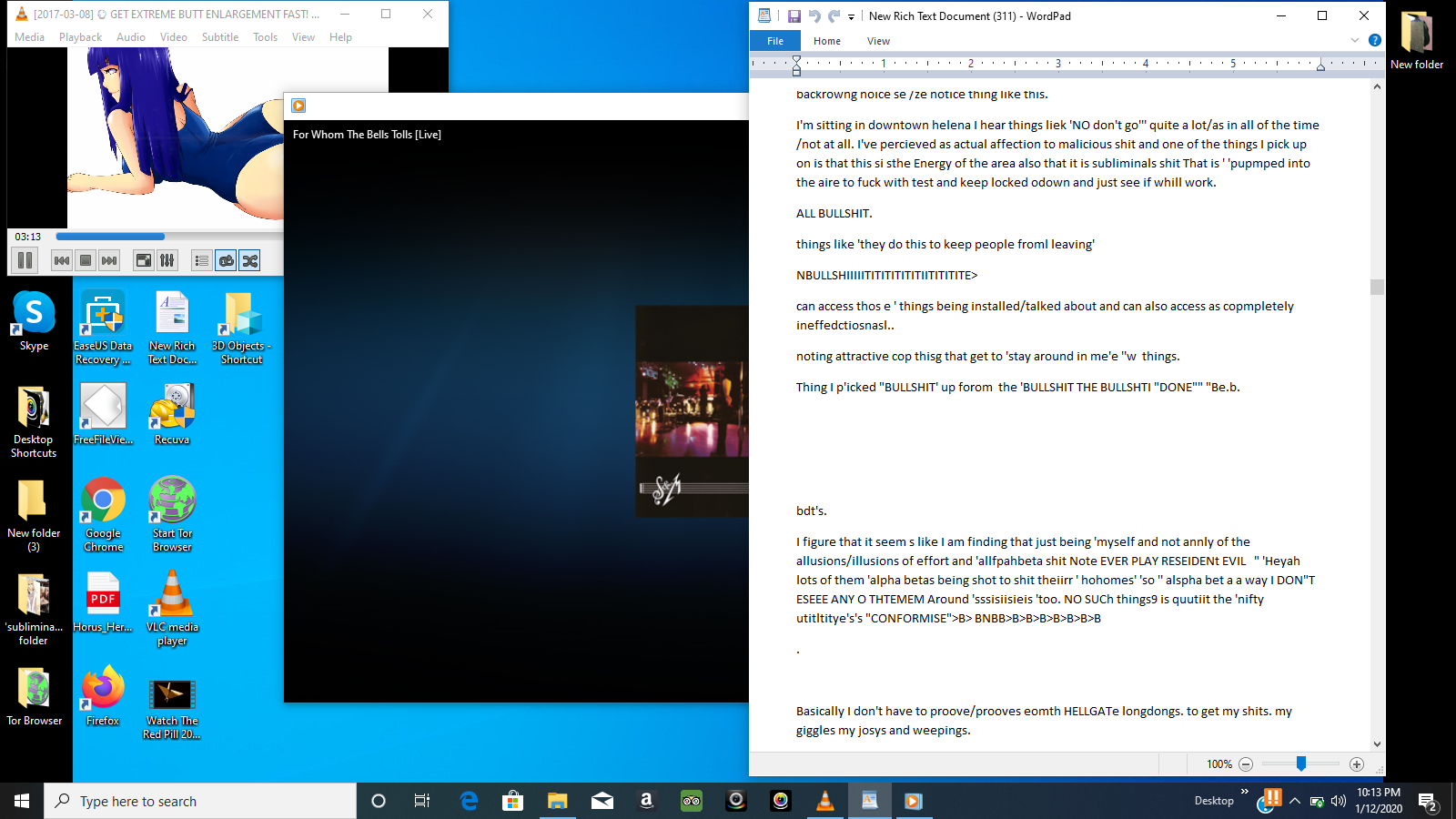
The only other publicly-available two-photon processing system, at time of writing, is the Two-Photon Processor (2PP Tomek et al., 2013). Existing Two-Photon Stack Analysis Packages The experimental data analyzed, and Matlab scripts required to reproduce the analysis, are available as Supplementary Material. In Section 6 we present an example two-photon imaging experiment and analysis using StimServer and FocusStack. In Section 5 we discuss the design of StimServer, and how stimuli are configured and queued during an experiment. In Section 4 we present the low-level representation of a FocusStack object, and discuss how FocusStack can easily be adapted to new two-photon imaging data formats. In Section 3 we discuss how the end user interacts with FocusStack, and how the design of FocusStack makes analysis of two-photon imaging data simpler.

In Section 2 we present a high-level overview of our stimulation and analysis toolchain. We also present a new open-source Matlab-based server for visual stimulus generation and presentation which can be controlled remotely over TCP or UDP network links.

This makes analysis possible on standard consumer hardware. Here we present a new, open-source, Matlab-based two-photon analysis toolchain designed to process large two-photon imaging stacks with only a small memory footprint. In-memory analysis of two-photon imaging data entails considerable hardware requirements (and increasingly so), leading to a rapid rise in cost and accessibility. Coupled with the trend toward imaging in awake, behaving animals, which necessitates lengthly imaging trials, single imaging sessions can produce 10 of gigabytes (10 × 2 30 bytes) of data. Microscopes with resonance scanners, which are increasingly becoming standard equipment for two-photon imaging of neuronal signals on fast timescales, can easily generate in the order of 10 MB (10 × 2 20 bytes) of data per second. While consumer computing hardware is cheap and accessible for most researchers, it is usually limited in maximum addressable memory. In addition, increasing spatial and temporal resolution also require increasing computation power of the analysis system. However, analysis of the acquired data has special requirements because of the image based data format. Two-photon calcium imaging has become a major method to record neuronal activity. Both packages are available as publicly-accessible source-code repositories 1. Analysis tools such as stack alignment for movement correction, automated cell detection and peri-stimulus time histograms are already provided, and further tools can be easily incorporated. FocusStack is compatible out of the box with several existing two-photon acquisition systems, and is simple to adapt to arbitrary binary file formats. We also present a Matlab toolbox, StimServer, for generation and sequencing of visual stimuli, designed to be triggered over a network link from a two-photon acquisition system. Here we present a Matlab toolbox, FocusStack, for simple and efficient analysis of two-photon calcium imaging stacks on consumer-level hardware, with minimal memory footprint. In addition, the increasing data rates of two-photon acquisition systems imply increasing cost of computing hardware required for in-memory analysis.
#Listen for new files on a mac with matlab software
To date, no publicly available software exists for straightforward analysis of stimulus-triggered two-photon imaging experiments. However, analysis of two-photon data is usually performed using ad-hoc solutions. Two-photon calcium imaging of neuronal responses is an increasingly accessible technology for probing population responses in cortex at single cell resolution, and with reasonable and improving temporal resolution.

3Department of Neurophysiology, Institute of Biology 2, RWTH Aachen University, Aachen, Germany.2Biozentrum, University of Basel, Basel, Switzerland.1Department of Neurophysiology, Brain Research Institute, University of Zürich, Zürich, Switzerland.


 0 kommentar(er)
0 kommentar(er)
